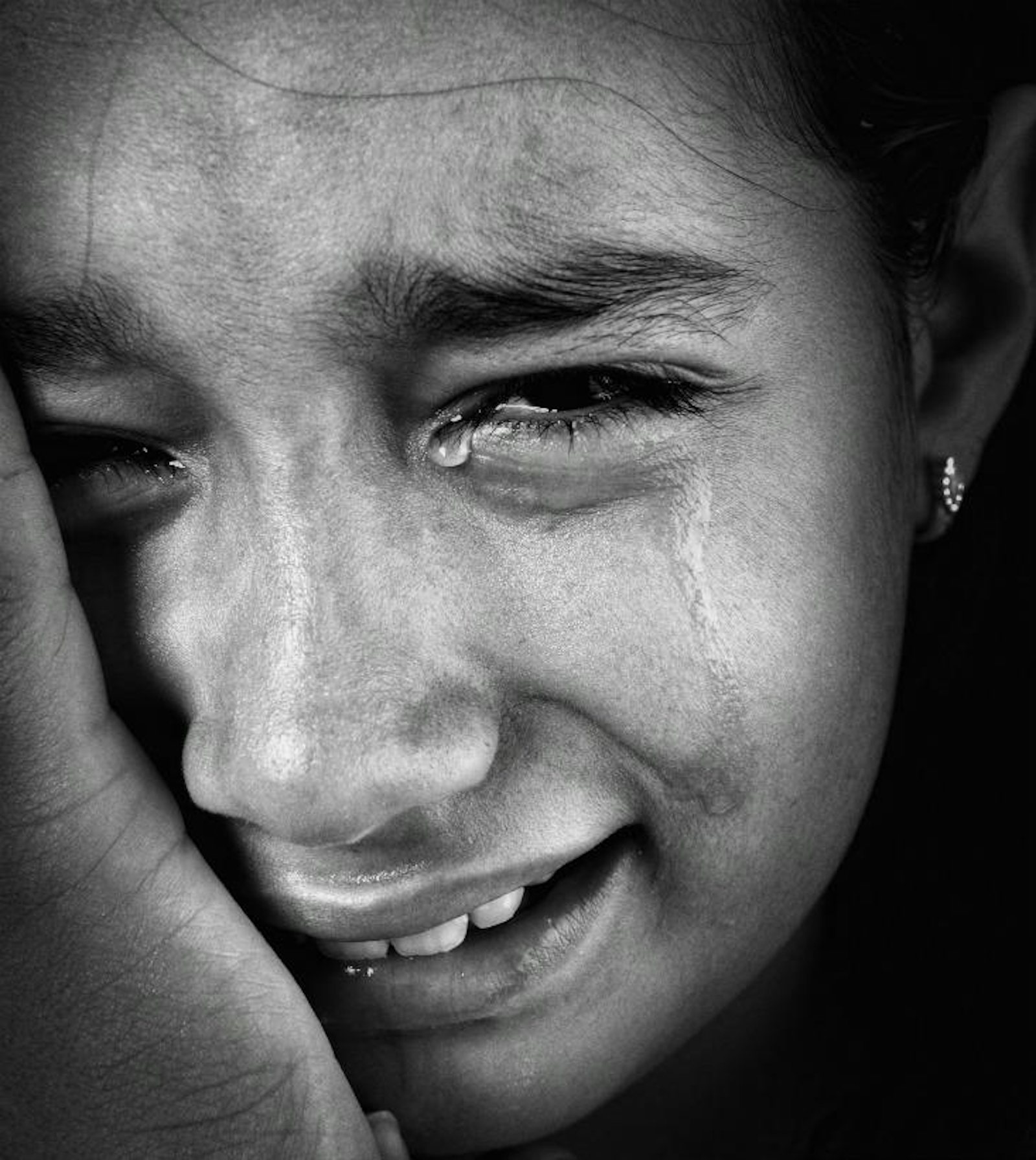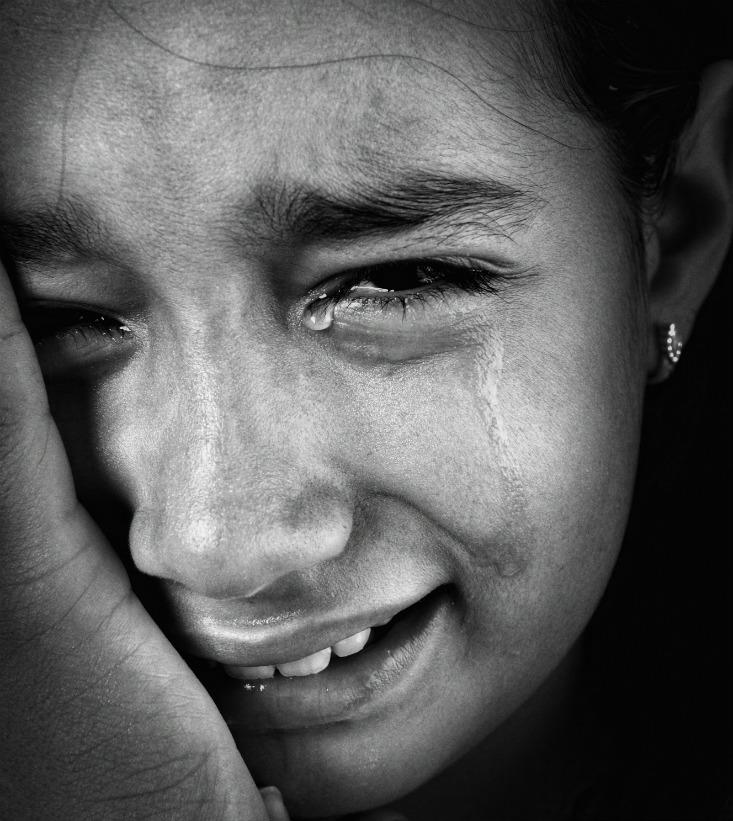The home is in many ways the basic unity of society, a bastion of shelter and family bonds. It is the means by which the social order is reproduced and the context in which children are brought into the world. Yet for millions of women, children, and men, all over the world, home is not a safe place.
According to the National Coalition Against Domestic Violence, each year an estimated 1.3 million women and more than 200,000 men in the U.S. are victims of physical assault by an intimate partner. Around 70% of these assaults take place in or near the home.
The challenge of dealing with domestic violence and the importance of doing so are two sides of the same coin. Domestic violence is so devastating precisely because it causes problems at the core of people’s lives—their homes. Children who witness domestic violence are at increased risk of growing up to be violent adults, and so brutality is perpetuated through the generations. Yet the home is a protected space, and we are understandably reluctant to allow the state to penetrate its privacy. But making the home a truly safe place means re-evaluating some of our most cherished ideas about the home and tolerating the intrusion of legal institutions into what had been a protected sphere.
Historically, domestic violence was not always regarded as a crime. In English Common Law, until the mid-19th century, a man was legally and financially responsible for the actions of his wife and children, and he had wide latitude to physically and verbally punish them to try to control their behavior. Even after laws had changed to recognize the wrongfulness of domestic violence, longstanding expectations about familial roles and privacy made it very hard to police and indeed even to measure. When asked about why they had declined to report an incidence of domestic violence to the police, 22% of female victims and 39% of male victims said that they regard the assault as a personal or private matter.
In the U.S., two major types of treatment programs are aimed at decreasing recidivism among perpetrators of domestic violence. The “Duluth Program” is a feminist psycho-educational approach in which group facilitators lead “consciousness-raising” exercises to challenge men’s perceived right to control their partners. The other main type of intervention is cognitive-behavioral therapy. Here the goal is to help perpetrators unlearn violent responses through anger-management techniques and training in communication and social skills. Aggression is difficult to treat, so perhaps it isn’t surprising that a meta-analysis of treatment programs for perpetrators found that the two major types of interventions were each effective only in a small number of cases, and roughly equally effective. A promising study suggests that a more intrusive approach of group therapy combined with retention techniques (reminder phone calls and supportive notes after missed sessions) resulted in lower drop-out rates and better outcomes. Yet, as the authors of the meta-analysis argue, even the best court-mandated programs will not work without a strong legal response to sanction offenders who fail to comply with treatment.
Perhaps the most vexing finding is that the elements of stability we value in homes may contribute to lower rates of recidivism—and that the lack of stability goes with higher recidivism. Indicators of a perpetrator’s social stability—having marital, employment, and residential security—were found to be better predictors of whether someone would re-offend than whether or not they had attended a treatment program. Another study found that severe sentences were most effective for persons with a greater stake in social conformity—for example less transience in employment and residency.
Home ownership itself seems to lower the risk of spousal abuse. Women who live in rental housing are at three times greater risk of domestic violence than those who own their homes (although it isn’t clear how factors like income levels, family structure, and employment history complicate the picture). Taken together, this research suggests a hard-to-break cycle: Unstable homes are prone to abuse, and abuse tends to make homes unstable.
Domestic violence is so destructive that our attempts to eradicate it are likely to include further incursions into family privacy. A recent study found that children who witnessed violent acts in the home had as many psychosocial problems as those for children who had themselves been physically abused. So attitudes to the home and the legal status of what goes on there will likely continue to evolve. Things have certainly changed since 1895 when a City of London by-law prohibited “wife beating” between the hours of 10pm and 7 am, on the grounds that the noise keeps the neighbors awake.
Jeanette Bicknell, Ph. D., is the author of Why Music Moves Us (2009). She lives in Toronto, Canada.



























